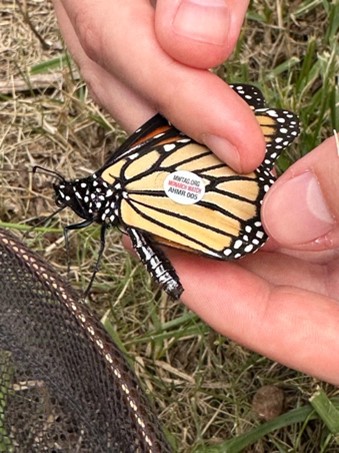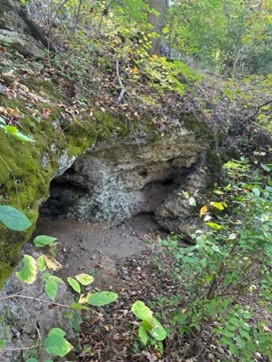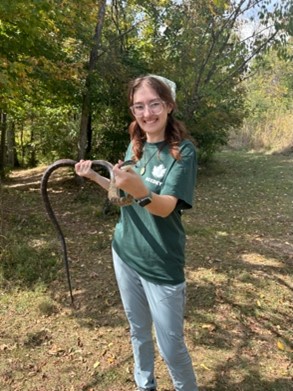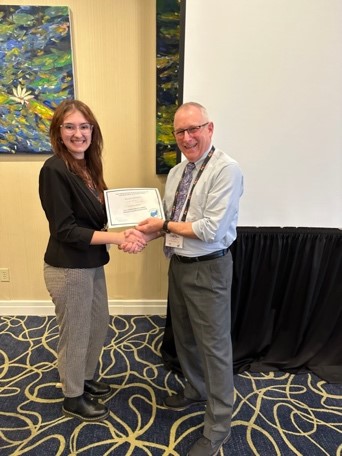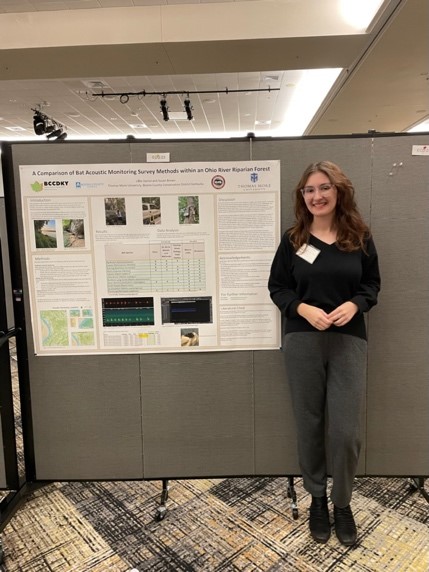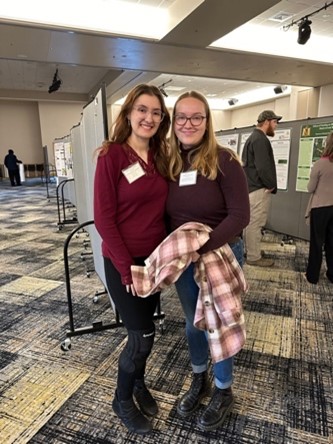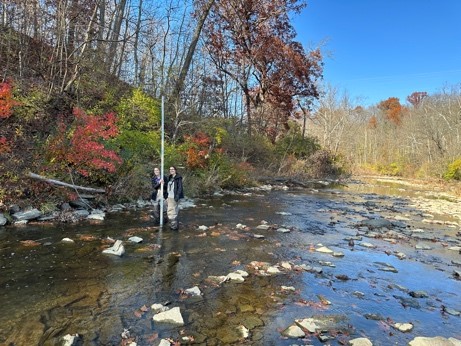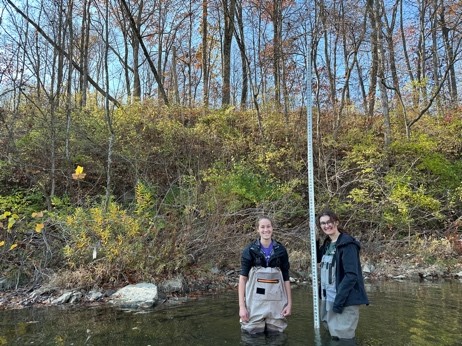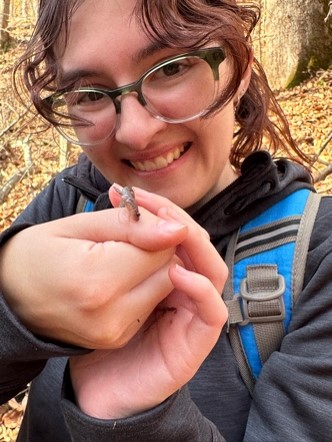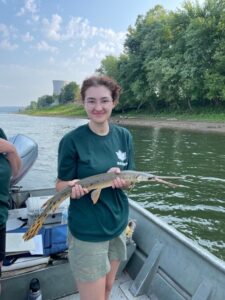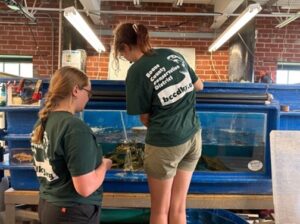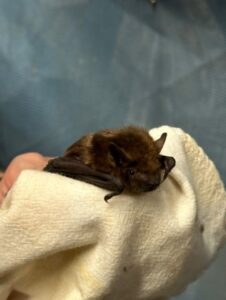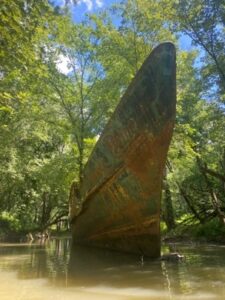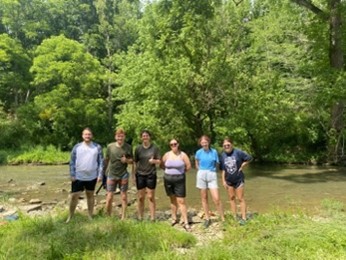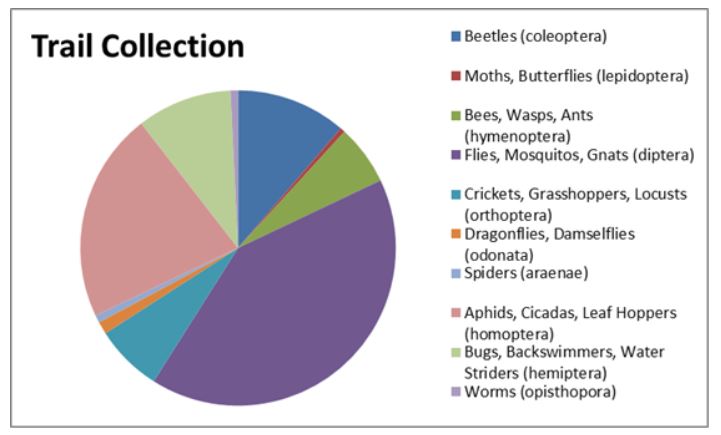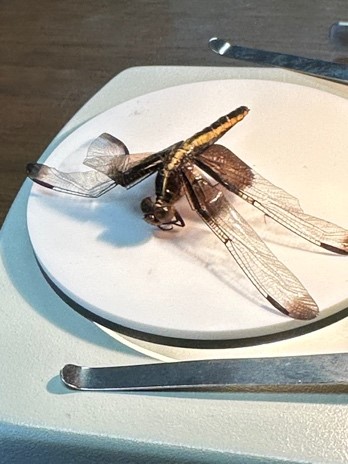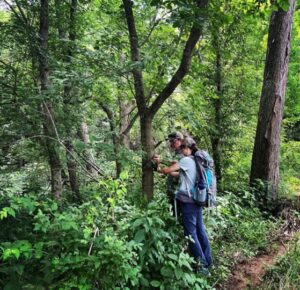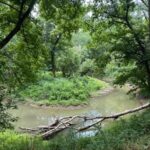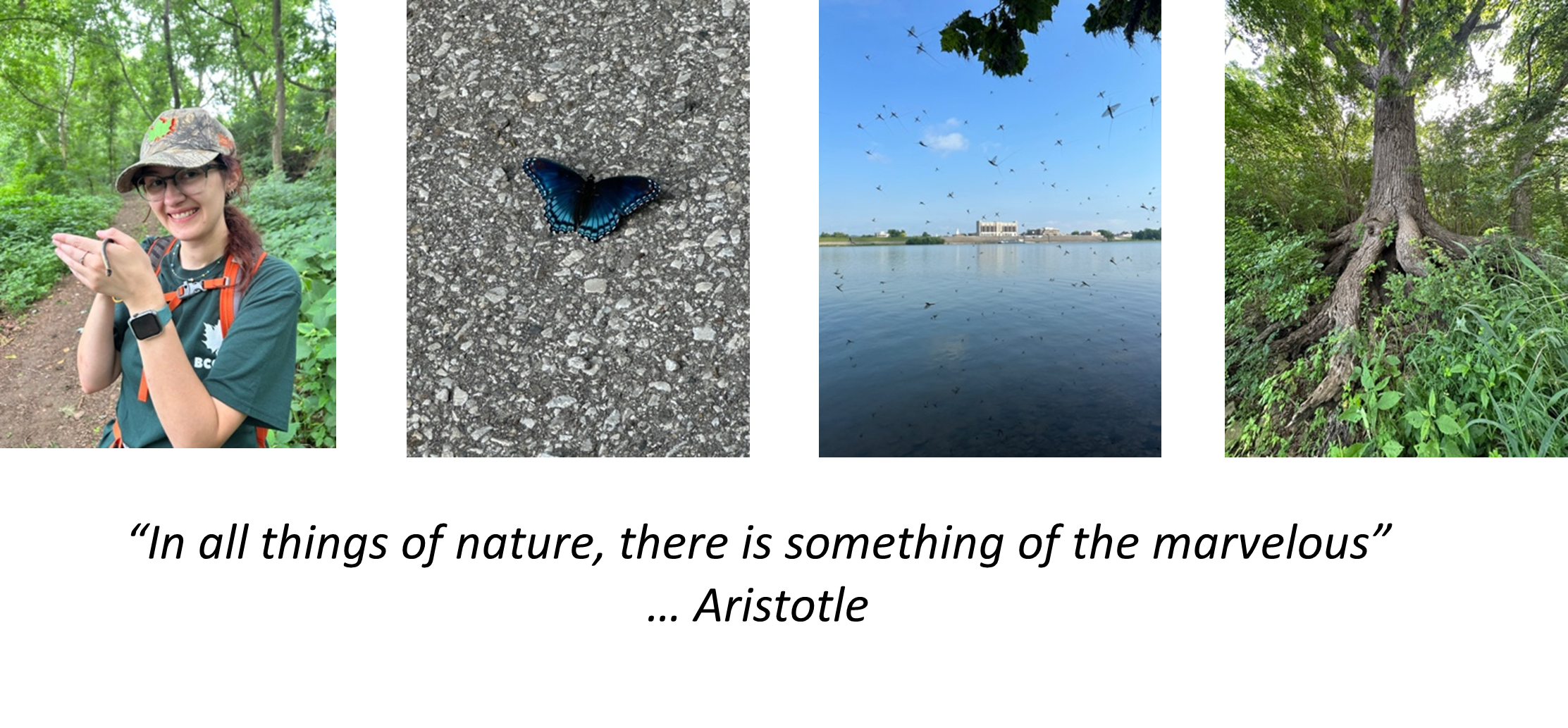



Autumn is my favorite time of the year! I love the colors, the weather, and of course a nice bonfire and hot chocolate. This year the season was extra special as I was lucky enough to continue my internship with BCCDKY. I can’t describe how much I’ve learned from our wonderful team. Below are a few highlights from the last few months.
September
- Insect methodology experimenting with Mark and Jasper to have an idea for when Ava joined.
- Bat data and Trail cam data at Conservancy Park
- Attempted to use the bat telescopic pole with a light and trail cam attached to see if we could get more bats and have them on video (no videoed bats). Credit to Mark for the idea and to Pavla ordering us a light asap!
- Shadowed Dr. Booth’s (UC) aquatic biology class at Pioneer Park
- OKI Dearborn Tour
- Vernal Pond Workshop at the Nature Center with Lacey
- Monarch tagging
- Stationed the detector long term at Boone Cliffs
- Met with a previous intern, Stephanie Spence, to catch up
- Helped Sarah and Natalie at Conservancy cutting down honeysuckle
October
- Presented summer research at ORBA-ORCRE Summit and won the first-place poster award
- Went to Dayton with Liz to be a part of the ORSANCO education outreach traveling fish tank
- Mussel Survey with Mitchell at the new property
- Attended the Ohio River Way Summit
- Volunteered at the ORSANCO river sweep
November
- Presented my summer research at the Kentucky Academy of Science Conference (we got to see Kamryn!). I earned the Thoroughbred Award (highest rating)
- Hydromod at Gunpowder with Liz
- Autumn Hike at the Cliffs
Autumn is also a season for gratitude, and I am thankful for this entire experience. I hope you enjoy the falling leaves, brisk weather, and a time to reflect. Thank you.











